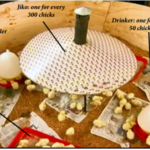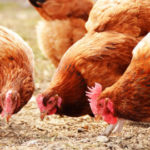Pure indigenous chicken or improved indigenous chicken locally known in Kenya as Kienyeji chicken can be raised anywhere in Kenya. All one needs is passion, a business mindset, commitment and a little capital to start. It is prudent to put in place a feasible plan in place on how as a farmer you will roll out this process seamlessly starting from housing, where water and feeds will come from, proximity to a veterinary doctor for treatment, vaccinations or to respond to emergencies and livestock officers for extension services and most importantly, the farmer should plan from the outset on marketing.
With careful planning, a farmer can start low and build his or her flock to 1000 birds or 1200 within one year by availing an average of 200 chicken for sale in the market monthly. Just as rabbit farmers plan for their flock every four to five months, beef farmers every two years, pig farmers every five months and broiler farmers every six weeks, Kienyeji chicken farmers can effectively plan production and sales very month through staggering production in ages taking into consideration the maturity period of six months for Kienjeji (indigenous chicken) or four to five months for the improved varieties. The pure indigenous chicken variety matures for meat within a period of six months and fetch between kshs.
Indigenous chicken are ready for meat at about 6 months and are sold at between Kshs. 550 to kshs 600 for hens and Kshs.800 to 1000 for cocks. This variety of chicken requires a six month plan to be able to allocate 200 birds for sale each month. Therefore the farmer needs to have parent stock which will give eggs every 21 days required for incubation. This can be purchased from breeders where pedigree and good health is taken into account. Make sure you change your cocks that act as parent stock every one year while doing the same for hens every two years. While the maturity period for improved kienyeji is faster, usually four to five months, the maturity for pure indigenous chicken is six months hence a slower way of raising chicken though their meat and eggs are very popular in the market. Farmers rearing them therefore need to exercise patience and commitment.
Follow these steps:
- Build a chicken house of approximately 60ft by 20ft and 8ft high, allowing each chicken an individual spacing of one square ft for easy movement, feeding and exercise.
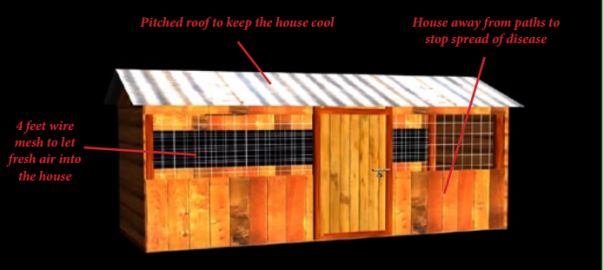
- Partition the housing unit to six compartments measuring 20ft by 10ft and construct a chicken run for each of the 6 compartments. Chicken houses need not be expensive and can be constructed according to the financial ability of the farmer. This can be done using bricks, mud, iron sheets full suit or timber.

- Have one cockerel for every 8 birds or preferably1 for every 10.
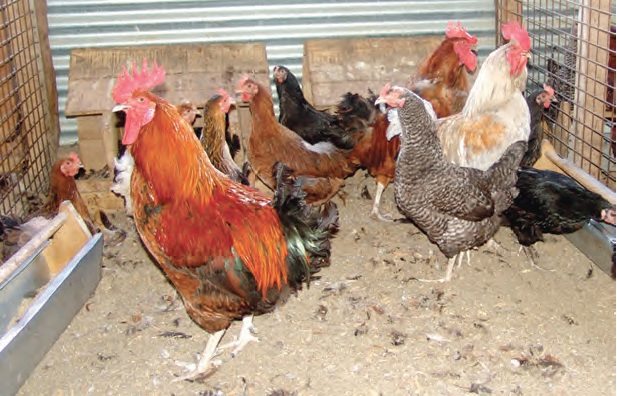
- Avail your first consignment of 200 chicks and brood them in the first compartment. After a period of maturity of 2 months, free them to enjoy the chicken run. In the second month, organize another batch of 200 birds. Do the rounds until month six when you have mature chicken from the first consignment initially placed in compartment one. This method is ideal for farmers with the resources to purchase an incubator and be able to purchase eggs and hatch every 21 days. Farmers in the low income group can use the process of synchronization earlier given here in a separate article or use the process of building flock slowly using 1 cock and 10 hens.
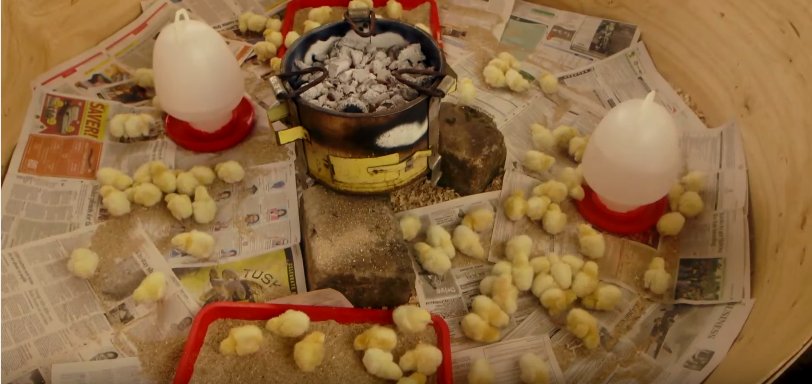
Always remember feed costs will take approximately 70% of your expenses. It is therefore prudent to make your own feeds to help cut down the cost of feeding by almost half. You can purchase our feed formulation manual and learn the requirements needed and get the formula for chick marsh, growers marsh and layers marsh for kienyeji chicken. You will need an incubator that can hold 200 eggs at ago and hatch.
For example you can have the following simple formulation for chicks:
Maize Flour = 34 kg
Cotton seed cake or Sunflower cake = 12 kg
Ochonga/Omena = 8 kg
Maize jam = 10 kg
Lime = 6 kg
The above formulation can prepare approximately 70 kilograms of feed. Within the first two months, the chicks consume approximately 1.5 kilograms which translates to approximately 300 kilogrammes of feed over a two month period or 4 bags of 70kilogrammes feed. After they attain the age of three months, free them into the chicken run and feed them on kitchen waste and partly commercial feeds to reduce your expenses on feeding. At the age of 3 to 6 months, feed consumption will have moved to approximately 1000 kilograms or 14 bags of the 70 kilogram feed sack.
Vaccination
In the first week vaccinate the chicks against Newcastle disease (buy Newcastle lasota vaccine 200 doses), repeat Newcastle vaccine on the third and 5th week. At 4 weeks for fowl pox vaccine buy 200 doses. Repeat fowl pox vaccine at 6 weeks and Newcastle plain at 16 weeks. Notice that indigenous chicken are resistant to most diseases but this does not mean you avoid proper hygiene and good biosecurity measures.
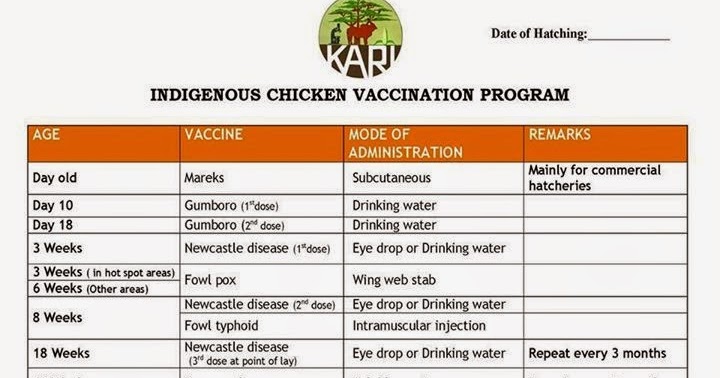
Your birds are now mature at 6 months and the farm has chcoken of various maturity stages i.e. ranges from 1 to 6 months. With the sale of the first consignment, a new stock of chicks must be purchased to replenish the flock and keep the selling cycle moving.
Checking Your Income Vis a Vis Expenses
Your birds consumed 4 bags for 2 months and 14 bags for 4 months. In total the feed consumption is 18 bags of 70kg each. Suppose a bag of homemade feed is Kshs.1500, you will have spent Kshs.27, 000 on feed alone. Taking into consideration a 10% loss of birds from day one to maturity, the farm has a balance of 180 healthy mature chicken. Assuming a hypothetical number of 90 hens and 90 cocks and hens are sold at Kshs.600 and cocks at Kshs.800, you get 126,000ksh.
There are other expenses related to raising the chicken to maturity e.g. feeds, drugs and the services of an extension officer or veterinary doctor. The farm remains therefore with approximately kshs.70, 000 every month. The major costs associated with chicken farming is housing construction costs and feeds. In the second year when there is no house to be built, the farm begins to make good returns on investment.
Deduct feeds and other variables like drugs, vet services and vaccines and you have not less than 70,000kshs per month. It is good money by any standards. The biggest costs when starting this project will be housing costs and feeds. From the second year you will have made enough profits.

